6. Funny Games (1997)
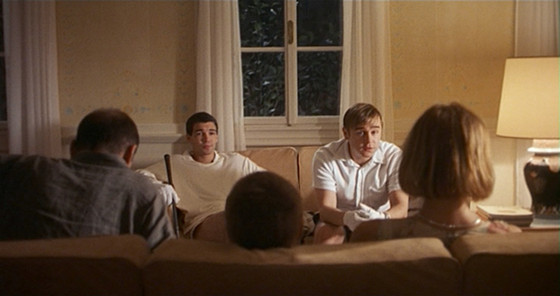
Austrian miserablist Michael Haneke is no stranger to controversy, and no film in his oeuvre remains as controversial as his 1997 anti-thriller Funny Games. Its minimalist story follows the infiltration of a middle class family’s holiday home by two creepy young men, who ‘play’ a series of disturbing and sadistic games at the family’s expense. The motivations of the two antagonists are never revealed, which makes the whole experience all the more horrifically inexplicable.
The real motivation for the white-knuckle horror is of course Haneke’s staunch moralizing. The provocative director sets up Funny Games as a deliberate subversion of horror film aesthetics, whereby the thrills and familiar tropes of the genre are replaced by ice-cold brutality and cruel twists designed to berate the audience for their supposed enjoyment of these violent images. This thesis has made the film a deeply divisive experience, with many criticizing Haneke’s approach as high-handed academic lecturing.
The film is, however, an undeniably potent experience. Its cruelly-stressful tone is capped off by a series of postmodern fourth-wall breaks, including one startling moment towards the end that, without giving too much away, sees a character alter the course of the film itself. It’s an agonizing moment meticulously designed by Haneke to rip away any potential comfort or resolution. Many horror films are stress-inducing experiences, but few do it via such abject contempt for their audience as Funny Games.
7. Festen (1998)
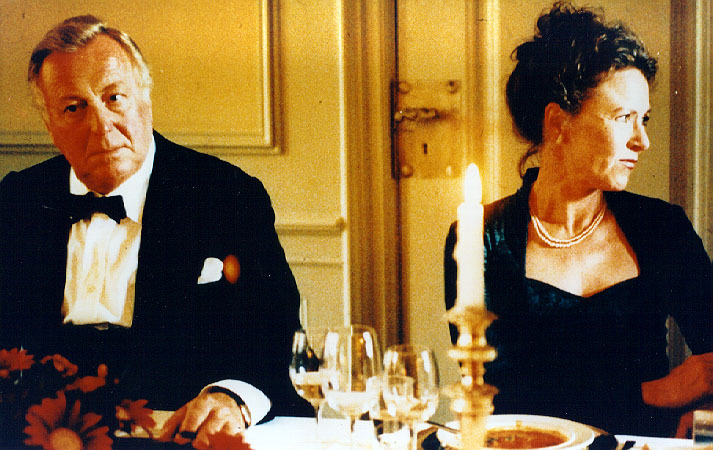
Similar in confrontational execution to Funny Games, Thomas Vinterberg’s Festen is a provocative and audacious exercise in putting its audience through the emotional ringer. However, rather than doing so through depictions of savage violence, Festen (English title: The Celebration) straddles the thin line between comedy and tragedy, teetering between the two polarities with effortless skill.
In terms of pure stressfulness, the verbal violence and social awkwardness within this film matches anything portrayed in more physically-violent thrillers. The narrative revolves around a successful businessman’s sixtieth birthday party, where multiple family members converge and tensions boil into the reveal of dark secrets. The whole experience is played as an excruciating jet-black comedy, rife with chaotic interactions, social transgressions and a distinctly–nordic streak of dry ironic wit.
Filmed according to the Dogme 95 rules (although the filmmakers later admitted to breaking several rules), the grainy, digital cinematography utilizes creative camera moves and handheld shakiness that compounds the film’s exhausting nature. It’s like watching back (through your fingers) an extremely-creative home video of a party you wish to forget, yet is now buried deep in your memory.
8. United 93 (2006)
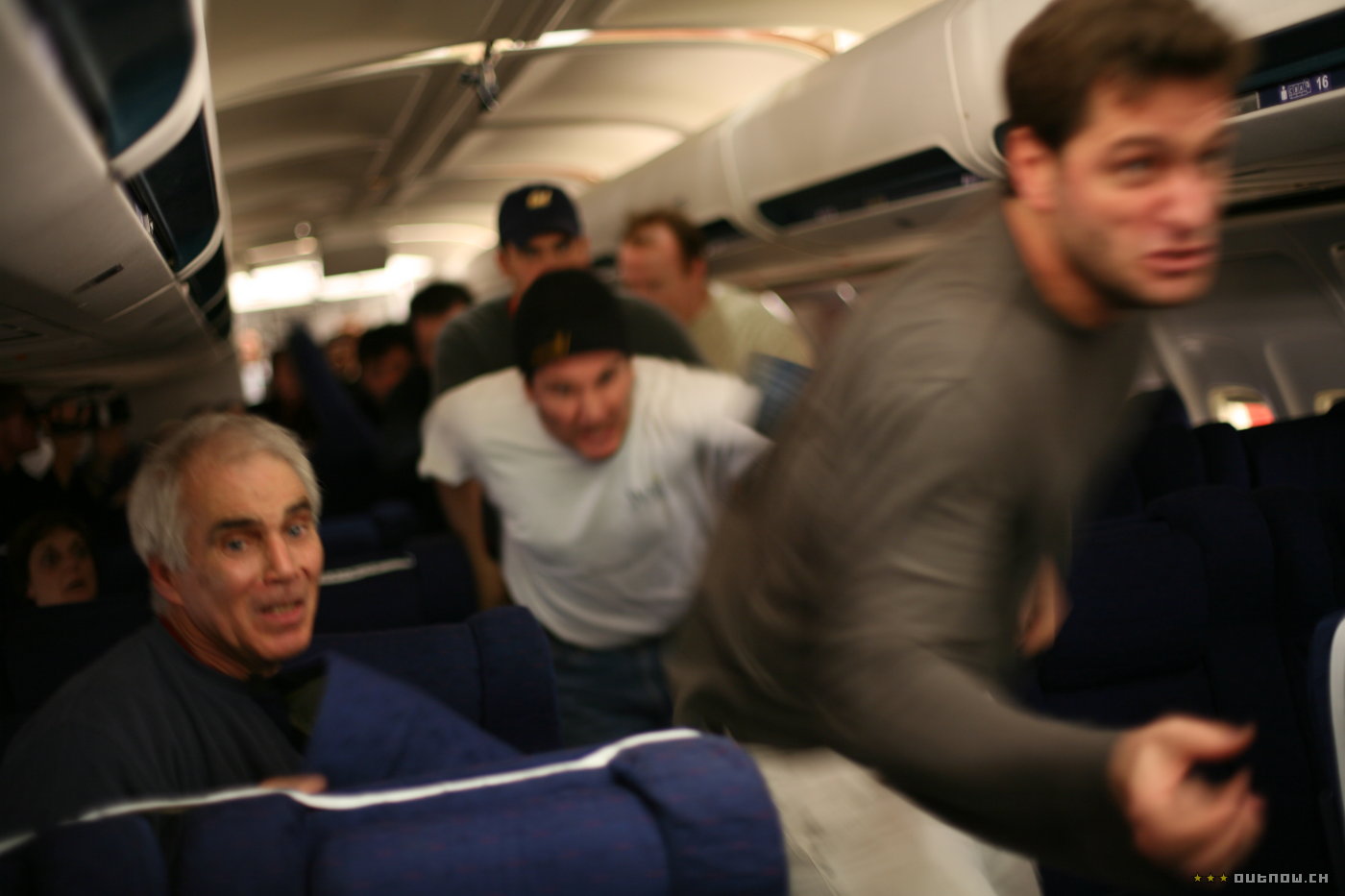
Whereas some of the films featured on this list have generated thrills and pained comedy from their stressful approach, nothing about Paul Greengrass’ United 93 is remotely thrilling or humourous. A chilling account of United Airlines Flight 93, which was hijacked during the September 11th attacks, the 2006 film unfurls in agonizing real time. Given that we already know the outcome of the flight, United 93 is an enormously-stressful experience, made all the more powerful for the levels of realism and detail that the film goes to.
Director Paul Greengrass chose to cast relatively-unknown actors to play the film’s characters, a wise choice that helps strip the film of Hollywood sensationalization. The British director’s trademark handheld cameras and stark, authentic mise-en-scene plunges the audience right into the middle of the situation and beautifully but clear-headedly portrays the individual acts of heroism and bravery that took place on that doomed flight.
The whole experience is uniquely-stressful, primarily for the narrative’s predestined quality, however the climax, where the passengers and crew attempt to storm the cockpit, is one of the harrowing endings in all of cinema. While the precise details will never be fully-known, the filmmakers went to great lengths to depict this sequence (as with the whole film) with respectful accuracy. It’s almost unwatchable, but adroitly rounds off a sobering, powerful experience that many will find too difficult to watch more than once.
9. Buried (2010)
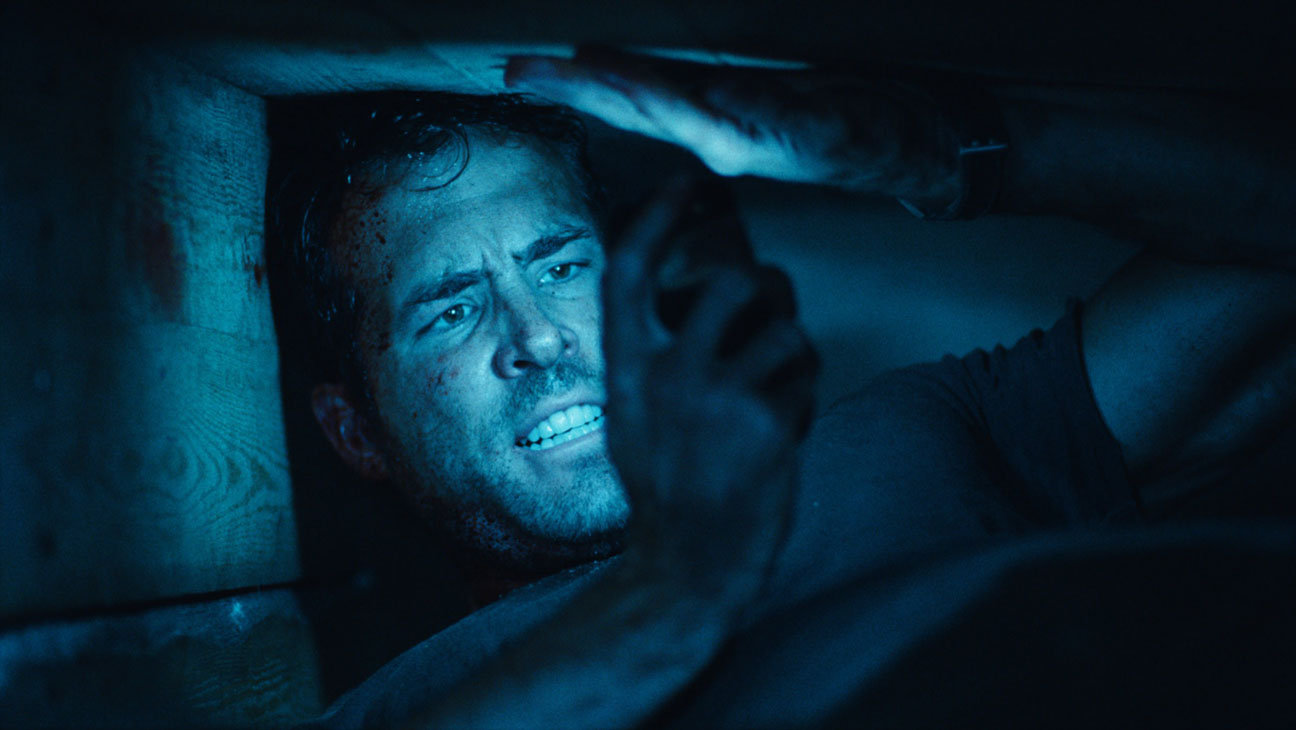
There’s countless films across the history of cinema that induce feelings of claustrophobia – The Descent, 127 Hours, Cube etc. However few are audacious enough to confine their entire runtime to one, coffin-sized setting. Influenced by Lifeboat and Rope, both similar experiments by Alfred Hitchcock, Buried goes one further, isolating its sole on-screen character to the tiny confines of a wooden coffin buried in the desert. There’s no two ways about it – if you suffer from claustrophobia, Buried will be an almost-unbearably stressful watch.
Even for people who don’t think of themselves as claustrophobic, this 2010 survival thriller will test their limits. The narrative follows an American contractor, played by Ryan Reynolds, who wakes up inside a wooden box after being ambushed by terrorists. Using a handful of items, he sets out to escape from this nightmare situation. These 95-minutes are essentially a one-man show for Reynolds. His charisma keeps Buried on a steady course, traversing moments of bleak comedy amidst the sharp plot twists and mounting sense of horror.
Director Rodrigo Cortes shoots the coffin from every angle possible, as well as employing creative lighting which stems solely from either a cell phone or lighter. While there are famously-claustrophobic moments in other films (eg. the ending of Spoorloos or the caving scenes in The Descent), nothing matched Buried for confined, stress-inducing terror.
10. Uncut Gems (2019)
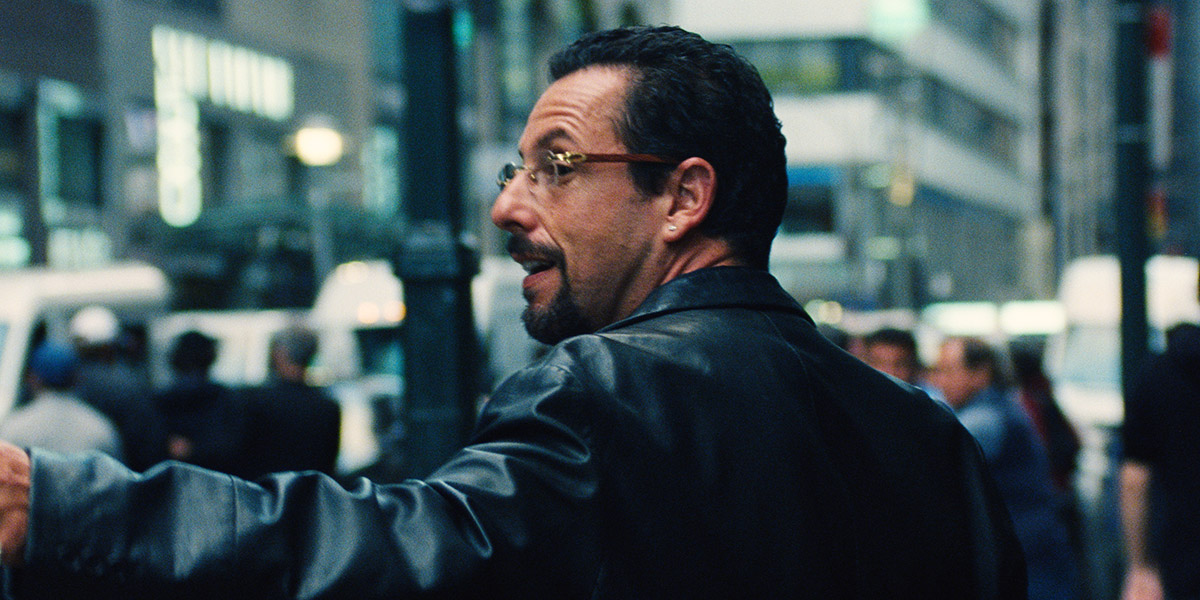
Josh and Benny Safdie’s early DIY films were defined by raw, confrontational energy, a formal veracity that has stuck with them even as their films’ scope and budgets have dramatically expanded. Their 2017 breakthrough Good Time was a spiraling, chaotic panic-attack, however their 2019 crime drama Uncut Gems, featuring a career-best Adam Sandler as a gambling-addicted jeweler, takes the crown as the directorial brothers’ most thrillingly-stressful masterclass.
In spite of a hefty runtime and dense plot, Uncut Gems crackles with energy and sickening forward momentum. Every scene and interaction sets the narrative snowballing forward, further building up the walls of the labyrinth around a lead character who seems incapable of making the right decision. Sandler’s work here is phenomenal. His character is so well-drawn and lived-in you almost feel sorry for him – a vital trait for an audience following this path of maddening self-destruction.
While there are numerous moments that will make you want to scream at the screen, including a stomach-churning climax, a key scene in the middle of Uncut Gems captures the film’s agonizing tenor. It’s the sequence where the magnetized door to Sandler’s character’s shop gets stuck. To say any more would ruin the moment for the uninitiated, however this scene, where a flurry of interlinked dilemmas all collide in one chaotic whirlwind, is Uncut Gems in a stressful microcosm.